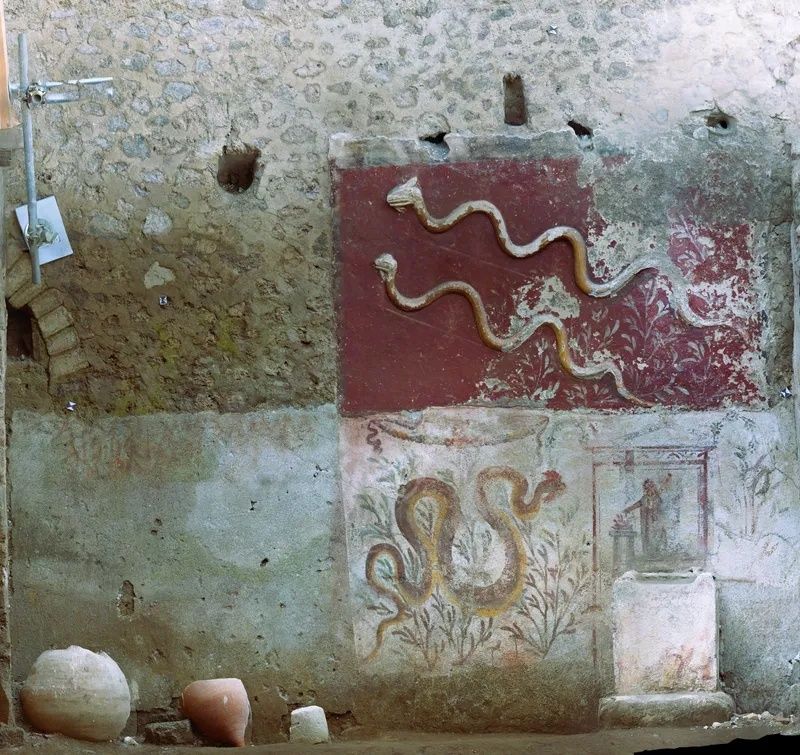Inscriptions that were first carved and then painted red were seen more than once on the streets of the ancient city and even on millstones. However, political tension was detected in the house for the first time.
Vote for Aulus
Scientists found reference to the name of an ancient Roman politician inside the house Aulus Rusty VerusCandidate for the post of Aedile. He is a magistrate in charge of public works, games, buildings and roads. Rusty Verus was previously known to modern historians as one of two members of the duumvirate.
One of the inscriptions says: “I ask you to vote for Aedile candidate Aulus Rustius Verus, a person worthy of this public office.”.

Text on the wall of the house / Photo: A. Marchello, G. Pippo, courtesy of Parco Archeologico di Pompei
The house did not belong to Rusty Verus, but to his supporter, friend, and even a freed slave. The home also featured a large oven with a large oven, leading scholars to speculate that the political campaign may not have been entirely honest. The truth is that there may be a strategic alliance between politicians and bakers; bakers will advertise in their popular spots, and winning politicians will give them certain advantages.
Aediles and bakers cooperated as long as it was legal. It’s possible Rusty Verus understood from the beginning that voters were primarily interested in bread.
– says Professor Maria Chiara Scappaticcio from Federico II University.
The house also had a sanctuary where sacrifices were made to the gods. It is decorated with frescoes and paintings. There is a small white altar on the ground, and a person performing a ritual is depicted behind it. Two plaster snakes and several painted snakes can be seen on the wall behind the altar.

Decoration of the sanctuary / Photo by A. Marchello, G. Pippo Courtesy of Parco Archeologico di Pompei
Researchers even managed to find out what the final sacrifice was made before the deadly explosion. Locals burned figs and dates on pine cones with olive pits and nuts. Cedar cones were often used in rituals. In the finale, a whole egg was also added to the ritual bonfire and was completely covered with tiles.















